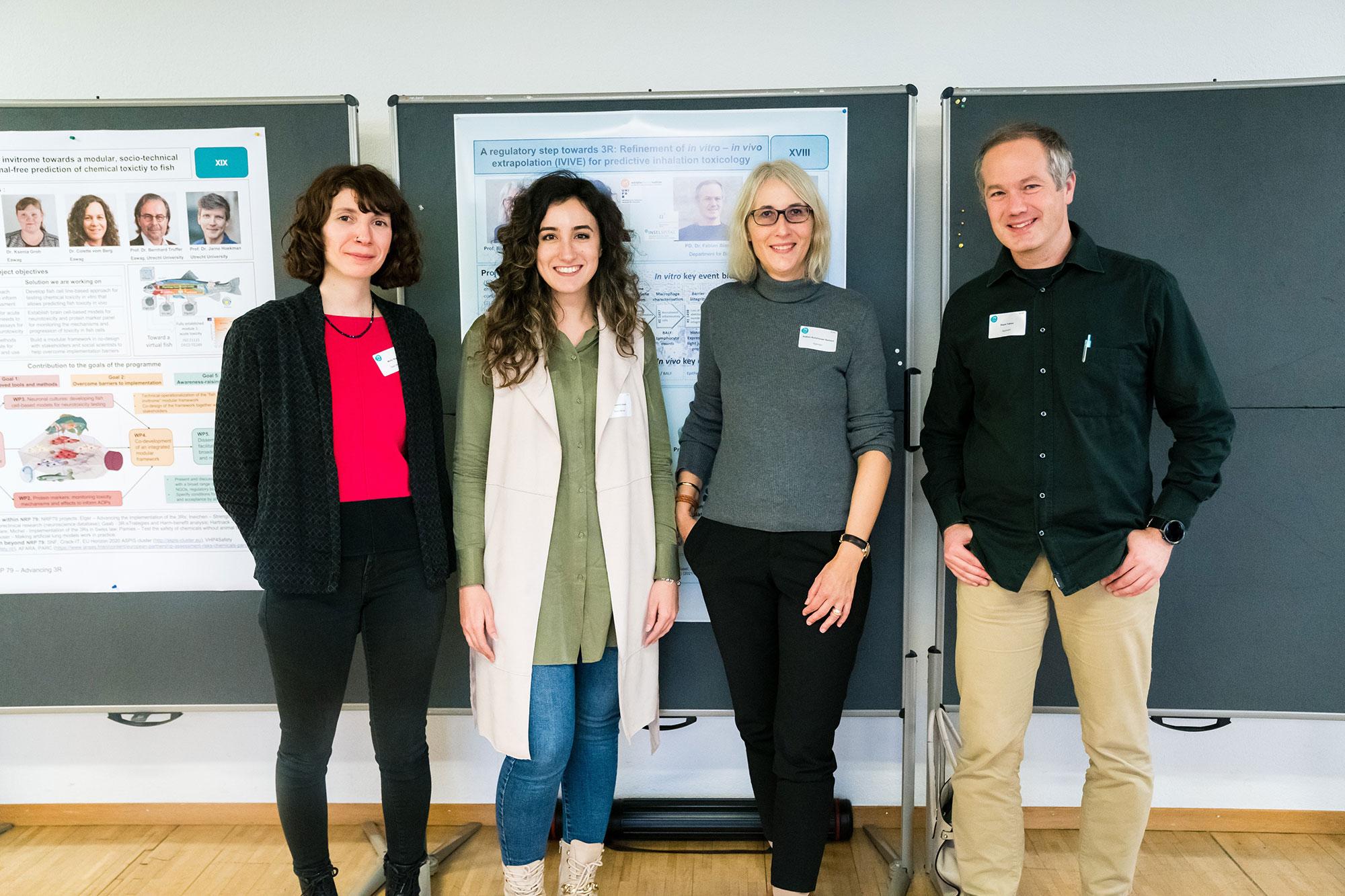(22) Making artificial lung models work in practice

The aim of these studies is to transfer results obtained from an in vitro model to the living organism in order to improve the cell model.
Project description
How dangerous are inhaled substances? Unfortunately, determining the toxicity of such substances still involves a lot of animal testing. Nowadays, though, various 3D lung models constructed from different cells are available as an alternative. While such models have made great progress in recent years, many of them have been little studied as yet and have not been validated. Hence they have not been widely adopted in practice.
The team led by Barbara Rothen-Rutishauser of the University of Fribourg and working with Fabian Blank of the University of Bern aims to improve this unsatisfactory situation by performing in vitro-in vivo studies (in vitro-in vivo extrapolation (IVIVE)) using existing lung models. The aim of these studies is to transfer results obtained from an in vitro model to the living organism in order to improve the cell model.
"Our project sets out to take the many promising artificial lung models one step further and also ensure that they have regulatory relevance – i.e., that they are actually used for toxicity testing," says Rothen-Rutishauser. In addition to the actual studies, this also includes training junior researchers after the studies have been completed and informing the relevant bodies and authorities.
Interested in the progress of this project?
You can find information about the scientific publications, events, collaborations, etc. carried out since the beginning of the research project here.
Original title
A regulatory step towards 3R: Refinement of in vitro – in vivo extrapolation (IVIVE) for predictive inhalation toxicology
